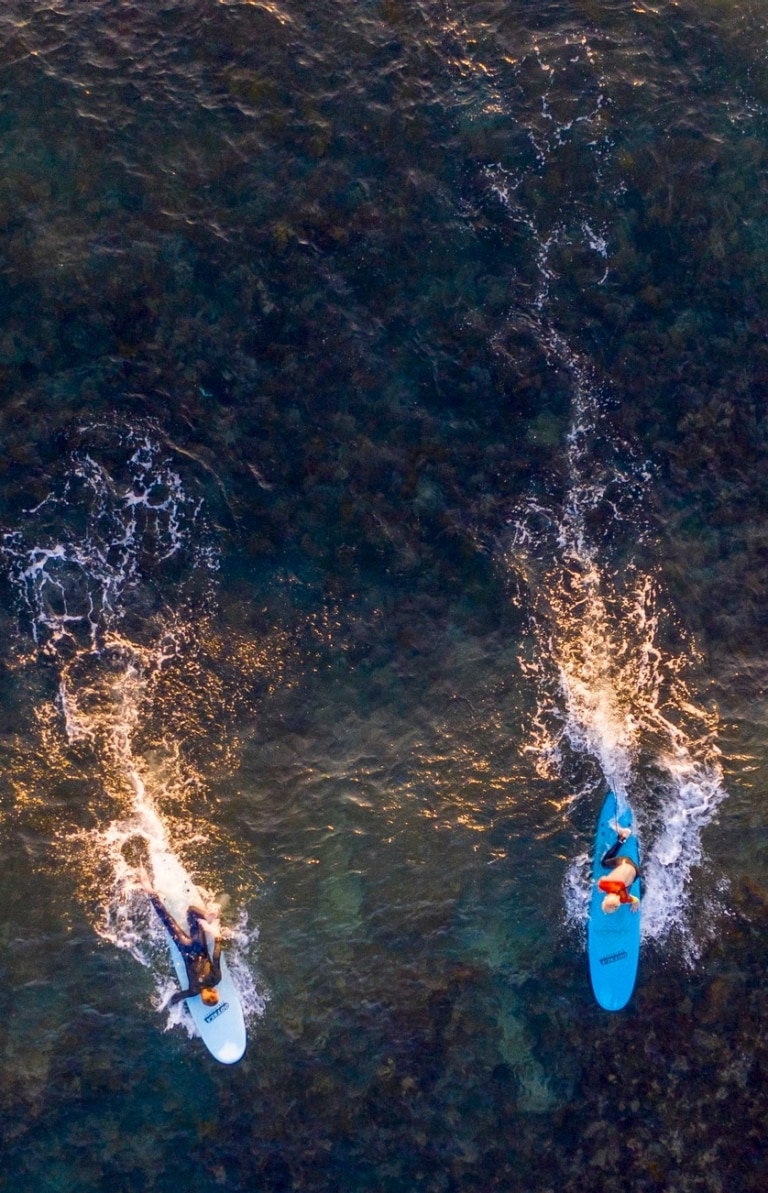Fremantle, Western Australia © Tourism Western Australia
Guide to Fremantle
Aboriginal name: Walyalup (pronounced Wal-ya-lup)
Wedged between Perth’s bustling shipping port and a working fishing harbour, there’s nowhere quite like historic and hipster Fremantle.
The port city of Fremantle, or ‘Freo’ to the locals, was historically Perth’s sister city. These days, the two are connected by suburbia and a 25-minute train journey. Wander through the UNESCO-listed streets to discover convict history, funky street art and al fresco cafés. This is where high-end travellers rub shoulders with backpackers, because Freo is eclectic, creative and has a coastal vibe all its own.
The city of Fremantle/Walyalup lies in Whadjuk Nyoongar boodjar country. For over 45,000 years, the Whadjuk Noongar people have seen Fremantle as a place for ceremonies, trading and cultural traditions. One of the best places to experience First Nations culture in Walyalup is the Walyalup Aboriginal Culture Centre.
- Traditional name: Walyalup (pronounced Wal-ya-lup)
- Indigenous Peoples: Whadjuk Noongar people
- Traditional lands: Whadjuk Nyoongar boodjar country
- Traditional languages: There are two traditional languages in Walyalup: Beeliar and Whadjuk Noongar
- How to say g’day Noongar: kaya
It’s about a 30-minute drive from either central Perth or Perth Airport to Fremantle.
- Perth Airport (PER) is 27km (17mi) from Fremantle, and services domestic and international arrivals
- Hire cars, taxis and ride share services are readily available at the airport
- A public train to Fremantle is available from Perth city at Perth Station
Fremantle is a pedestrian-friendly neighbourhood, which makes walking one of the best ways to explore. There’s also a free bus that operates in a loop around Fremantle.
Fremantle has consistent weather year-round, with hot summers and mild winters. Spring is generally considered a great time to visit, as temperatures are warm and wildflowers are blooming.
- High season: Dryer seasons (September to January)
- Low season: Wetter seasons (March to May)
- Don’t miss: Whale watching in spring (September to November)






































































































































